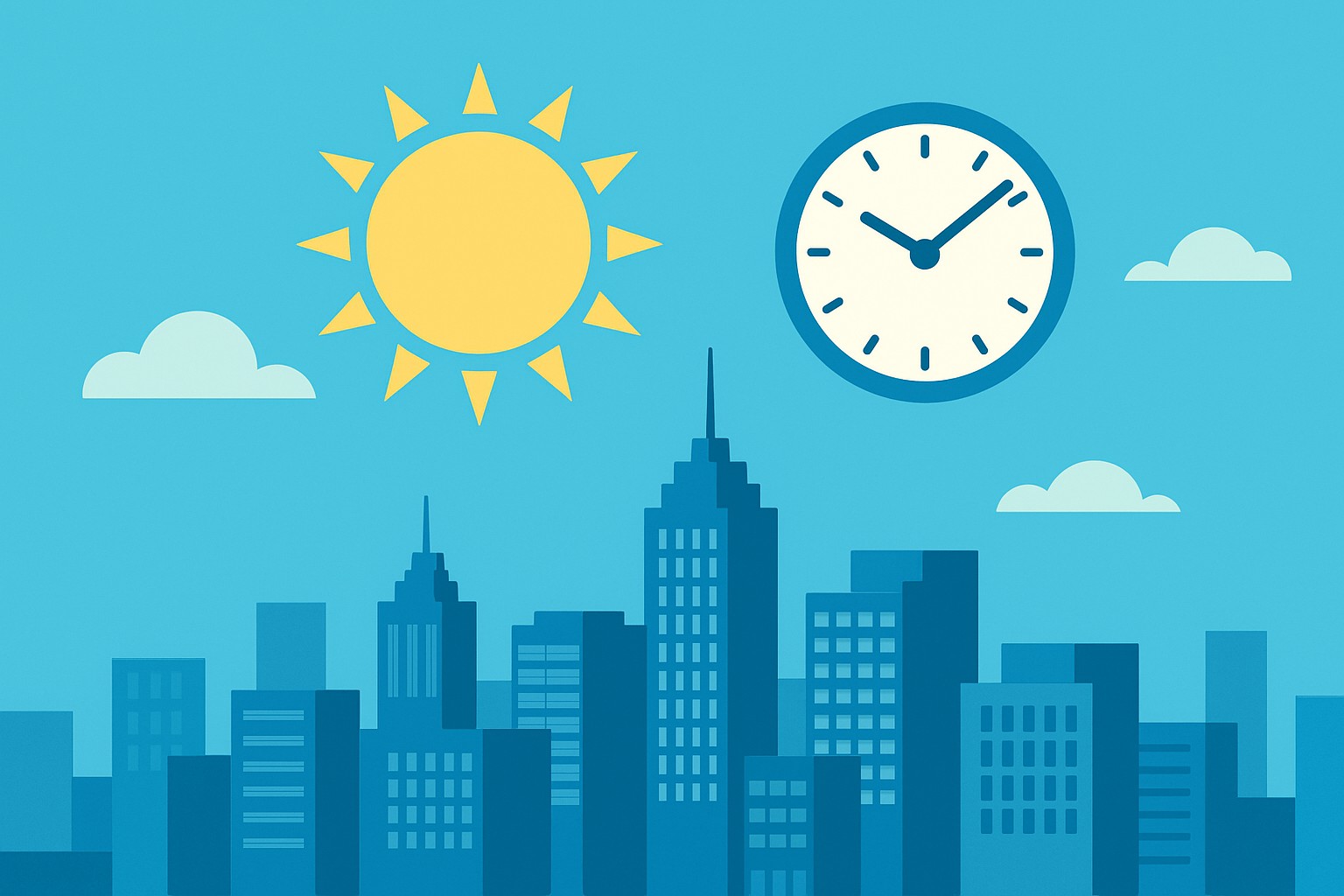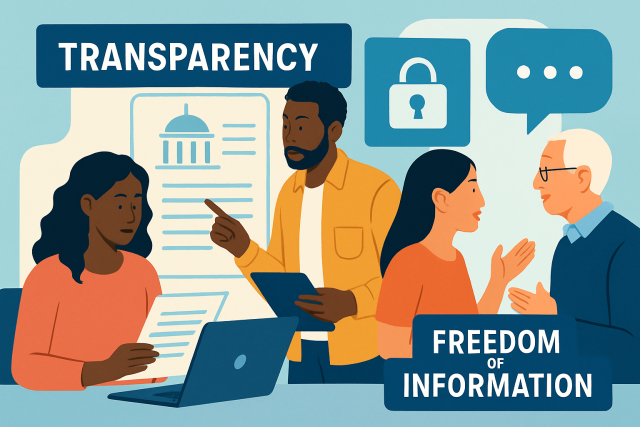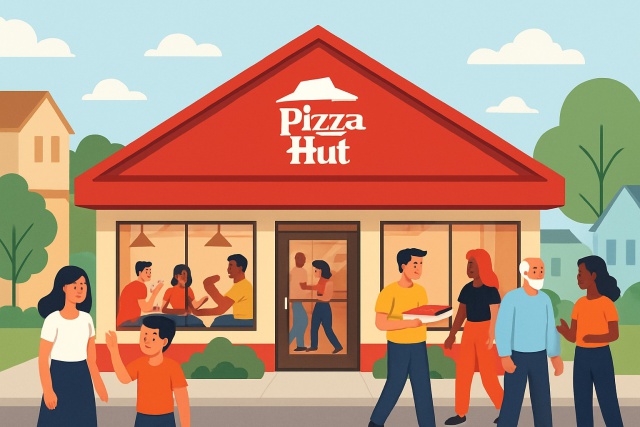Why The Sunshine Protection Act Matters for Daily Life

The Sunshine Protection Act aims to make daylight saving time permanent across the U.S. It shifts the hours we rise, hustle, and kick back in a way that truly reshapes our everyday rhythm.
This article breaks down the Sunshine Protection Act in plain and easy-to-digest language. It walks you through what the act is about and why fiddling with our clocks matters. It also covers the ripple effects on everyday life. Along the way, it touches on health and economic angles, the political back-and-forth, and what the future might hold for this law.
So, what’s all the fuss about with the Sunshine Protection Act?
The Sunshine Protection Act is a legislative proposal that aims to make daylight saving time permanent throughout the United States. Instead of the usual ritual of springing clocks forward and falling back every year, this act would keep the clocks set forward all year long—no more fiddling with the time twice a year.
- The act calls for sticking with daylight saving time all year long, saying goodbye for good to the hassle of changing clocks twice a year.
- It puts a firm stop to any slipping back into standard time, locking the country's clocks permanently one hour ahead.
- Putting this plan into action requires a thumbs-up from the feds, states are not completely cornered—they can still opt out in certain situations.
- The rollout is designed to be a slow and steady one, kicking off with federal law and then letting states fall in line at their own pace.
Daylight saving time in the U.S. started in World War I as a way to save fuel and make better use of daylight hours. Over the years it evolved into a tangled web of state and local rules that often left individuals scratching their heads and sparking debates. The Sunshine Protection Act is stepping in to cut through this mess and update how the country handles timekeeping.
Why Do Changes to Daylight Saving Time Actually Matter?
Changing the clocks twice a year does more than just cause a bit of head-scratching. It throws off our natural rhythms and daily routines in ways that ripple through our physical health, economic productivity and even the way we socialize.
- Sleep disruptions often lead to feeling wiped out and a noticeable slump in well-being right after the clocks spring forward.
- There is a spike in heart attacks and traffic accidents in the days following the spring time change which is not something to take lightly.
- Productivity tends to take a hit as people slowly drag themselves into sync with the new schedule and battle lingering tiredness.
- When our circadian rhythms get thrown off, it can crank up mental health struggles for some people.
- The confusion around shifting schedules throws a wrench into the works for businesses, schools and transportation making it harder to keep everything running smoothly.
Changing the clocks twice a year often feels like your body’s taking a short, unwelcome trip through jet lag territory. It tends to knock your internal clock off balance and can really mess with your daily groove more than you’d expect.
The Sunshine Protection Act and How It Sneaks Into Our Daily Lives
Permanent daylight saving time means enjoying longer evenings filled with daylight throughout the year. This small change can affect our routines by altering how people schedule work and make time for leisure and family commitments. It’s not just about us. It also influences energy use and subtly changes daily traffic patterns in ways you might not immediately notice.
Evening activities like sports and grocery shopping get a boost from having more natural light. It just makes hanging out outdoors easier and more enjoyable.
Mornings during the winter months tend to start off gloomier, which can be a real challenge for early risers and students dragging themselves off to school.
Energy usage might shuffle as well with less need for electric lights in the evening but possibly more heating on chilly mornings.
Commuting schedules might need tweaking. Businesses could notice shifts in customer flow based on how much daylight is available.
For families, scoring an extra hour of daylight in the evening often translates into more time for after-school activities and a bit less scramble to get home before darkness settles in. Workers usually appreciate the longer daylight during their commutes or simply the chance to unwind outside after a long day at the office. Retail businesses might just find shoppers lingering a little longer, which can give sales a nice little boost. Meanwhile, schools and childcare centers will probably have to give some thought to those darker mornings.

People taking advantage of extended evening daylight for outdoor recreation and socializing.
Important Health and Safety Points The Essentials You Can’t Afford to Overlook
Scientific research suggests permanently sticking to daylight saving time might give our sleep patterns a much-needed boost and even lower the odds of heart attacks. Darker winter mornings do stir up some genuine concerns about safety, especially for pedestrians and drivers navigating the early hours when it’s still pretty dim out there.
- People generally catch better zzz's when they are not thrown off by the pesky spring time change.
- Studies suggest that sticking to permanent DST often leads to fewer heart attacks during those tricky spring transitions, which is something worth acknowledging.
- On the flip side, those darker winter mornings can really increase the danger for pedestrians and drivers juggling their early commutes.
- The story is a mixed bag. Some individuals swear by steady daylight patterns as a mood booster while others find the dusky mornings harder to shake off.
Permanently sticking to daylight saving time can definitely cut down on those annoying sleep interruptions tied to clock changes, but it’s not a magic fix for all health risks. It tends to bring on its own set of challenges, especially when those winter mornings turn darker than a blackout at a rock concert. Experts often recommend easing into the change gradually and thinking ahead about community safety to tackle many of the bumps along the way.
Economic and Environmental Effects A Closer Look
Research on permanent daylight saving time suggests there could be some energy savings mainly because we would need less lighting in the evenings. Plus retailers might get a boost since people tend to shop longer during extended daylight hours. When it comes to the environment the picture is more complicated because effects vary depending on shifts in transportation and heating needs.
| Factor | Before Sunshine Protection Act | After Permanent DST Implementation |
|---|---|---|
| Energy Usage | Lighting use tended to be higher in the evenings and mornings, as people scrambled to get things done before dark | Evening lighting dips, though you might see a bit more flickering on in the mornings to get the day started |
| Retail Activity | Shorter daylight hours often put a cap on shopping sprees and errands | Longer daylight usually nudges people to linger a little longer in stores, turning quick stops into mini outings |
| Pollution Metrics | Fluctuated because commuting times were all over the place, making it tricky to pin down trends | Could ease up as daily rhythms sync better, making the air a bit friendlier over time |
| Transportation Efficiency | Peak travel often happened in pitch-dark conditions, not the safest scenario | More daylight during commutes might give drivers and pedestrians that extra edge, potentially lowering accident rates |
Economic effects vary quite a bit depending on who you ask. Retailers usually lean toward permanent DST since it gives them extra shopping hours. Some communities raise eyebrows over added costs tied to shifting commutes and school routines because it can be a real headache. When it comes to the environment, lower lighting use is a plus but it’s not all sunshine and roses. In colder regions heating bills tend to creep up and eat into those savings.
Political Debate and What Everyone's Really Thinking
The Sunshine Protection Act tends to stir up quite a bit of political chatter. Supporters eagerly point to its perks for public health and the economy, while opponents raise concerns about darker mornings and whether the policy really suits some regions.
- It gives overall health a boost by ditching those pesky clock changes that throw everyone off.
- Scheduling gets, with fewer head-scratching moments.
- It can spark more consumer spending and might even help save a bit on energy bills.
- Safety concerns, especially during those darker winter mornings when visibility is less than ideal.
- The switch simply doesn’t jive well with their local sunrise and sunset rhythms, making the whole thing feel out of sync.
- The unknown long-term impact on vulnerable people like kids and shift workers — it’s not all clear-cut, and that uncertainty definitely gives people pause.
Recent polls reveal mixed public opinions. Plenty of individuals are for ending the twice-yearly clock changes but feelings about permanent daylight saving time vary depending on age, location and lifestyle.
Peeking Into the Future of the Sunshine Protection Act
The Sunshine Protection Act keeps hitting a few bumps both in Congress and at the state level. If it becomes law, making it work smoothly would mean tightly teaming up with the states to roll out permanent daylight saving time while watching local preferences and safety rules—no small feat.
Readers might want to follow congressional news and toss their two cents to local representatives regarding the Sunshine Protection Act. They should also keep a keen eye on public opinion polls that often steer how the act unfolds across the country.





